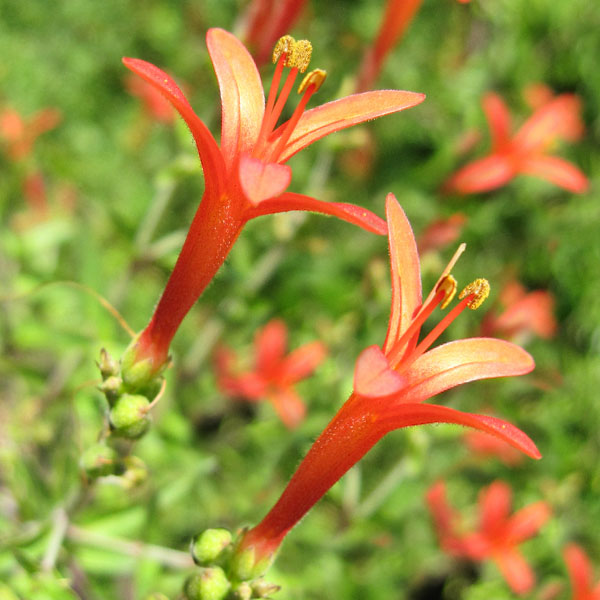
Generally, agastaches favor sunny, dry locations with fast-draining soils. scophulariifolia in the East and Midwest. foeniculum in northern states from coast to coast, and A.
HUMMINGBIRD PLANT PLUS
Be careful not to plant this near a home's foundation due to its mighty roots.) Two other widespread and important species are Cardinal Flower ( Lobelia cardinalis), which also occurs in riparian areas of the Southwest, and Spotted Jewelweed ( Impatiens capensis), also found in the Pacific Northwest.Īgastaches, also called hummingbird mints, draw in these smallest of birds, plus bees, and also goldfinches, which eat the seeds. (Trumpet Creeper is also native in parts of the West. are two flowering vines: Trumpet Honeysuckle ( Lonicera sempervirens) and Trumpet Creeper ( Campsis radicans). Some Top Native Hummingbird PlantsĪmong the widespread hummingbird favorites growing native in the eastern U.S. Do some online research to see what works for other hummingbird aficionados. Hummingbirds won't normally visit a regular birdbath. A mister or dripper over your birdbath may be just the bathing opportunity hot hummingbirds need this summer. Photo by Bildagentur Zoonar/ShutterstockĨ. They can be replaced with native honeysuckles, such as the Trumpet Honeysuckle mentioned above.Ī Ruby-throated Hummingbird investigates a Trumpet Creeper. Although hummingbirds may visit these from time to time, these species will overtake a woodlot if not controlled. In the East, for example, watch for and remove rampant vines such as Japanese Honeysuckle ( Lonicera japonica) and Amur Honeysuckle ( L. Note: In many areas, letting a part of your yard “grow wild” may require that you manage that habitat to ensure that invasive exotic plants don't take over. If you can draw these birds to nest, you are truly providing a little reserve in your garden. You can try to create the breeding habitat hummingbirds need by researching the natural history of species found in your area. Maintain native trees, shrubs, and vines on the landscape. Just as you wouldn't want children or pets to ingest yard chemicals, the same should hold true for neighborhood wildlife.ħ. Hummingbirds eat small insects and feed many of them to their young. Don't use chemicals that may harm insects, birds, and other wildlife. If you plant flower patches in several parts of your yard, or separate your feeder locations, this may give less aggressive hummingbirds the space they need.Ħ. Because they are combative, hummingbirds can use some space when possible. You may be surprised how quickly hummingbirds, flycatchers, and other birds adopt these “stick” perches.ĥ. You can place a large dead branch or leave some dead branches in living trees to provide these lookout points. Hummingbirds are always on the alert - for food resources, for predators, and for the presence of other hummingbirds.

Other sit-and-wait predators that have on occasion been seen catching hummingbirds at feeders and water features include Bullfrogs and the Chinese Mantis (an exotic Praying Mantis species).Ī Calliope Hummingbird feeds from a Red-flowering Currant.
HUMMINGBIRD PLANT FULL
Practice and advocate for treating cats like dogs - that is, providing safe and enriching places for pet felines to live indoors full time or supervised and contained outdoors. Site any feeders, water features, or flowering plants away from, or well above, where sit-and-wait predators might pounce. For example, although attractive to hummingbirds and butterflies, the Tall or Purple-top Vervain ( Verbena bonariensis), a South America native, is invasive in the Southeast and California, as are a few other vervains.ģ. Do not assume that nurseries will only sell you non-invasive plants. If you end up choosing plants that are not native species, select with care. These pesticides, known to be toxic to bees, are also lethal to birds.)Ģ.
HUMMINGBIRD PLANT FREE
(Look for assurances that seeds and plants are free of neonicotinoids.

In late summer and fall, you can also collect some seeds for next year's planting. Never dig up native plants from wild places instead, order or buy them from the many nurseries, including online companies such as Prairie Moon and Toadshade Wildflower Farm, that now sell them.

Native plants will not only make your property look more natural - they will replace some of the native vegetation lost in so many places to development and rampant invasive exotic plants. But they don't feed at all flowering plants, so be sure to select plants known to lure hummingbirds to home gardens. Hummingbirds feed on a variety of nectar-producing flowering plants, from mighty Tulip trees to clumps of coral bells. Photo by Brian Guest/Shutterstock Eight Steps to Set Up Your Hummingbird “Reserve”:ġ. Ruby-throated Hummingbird with Bee Balm, a great hummingbird plant.


 0 kommentar(er)
0 kommentar(er)
